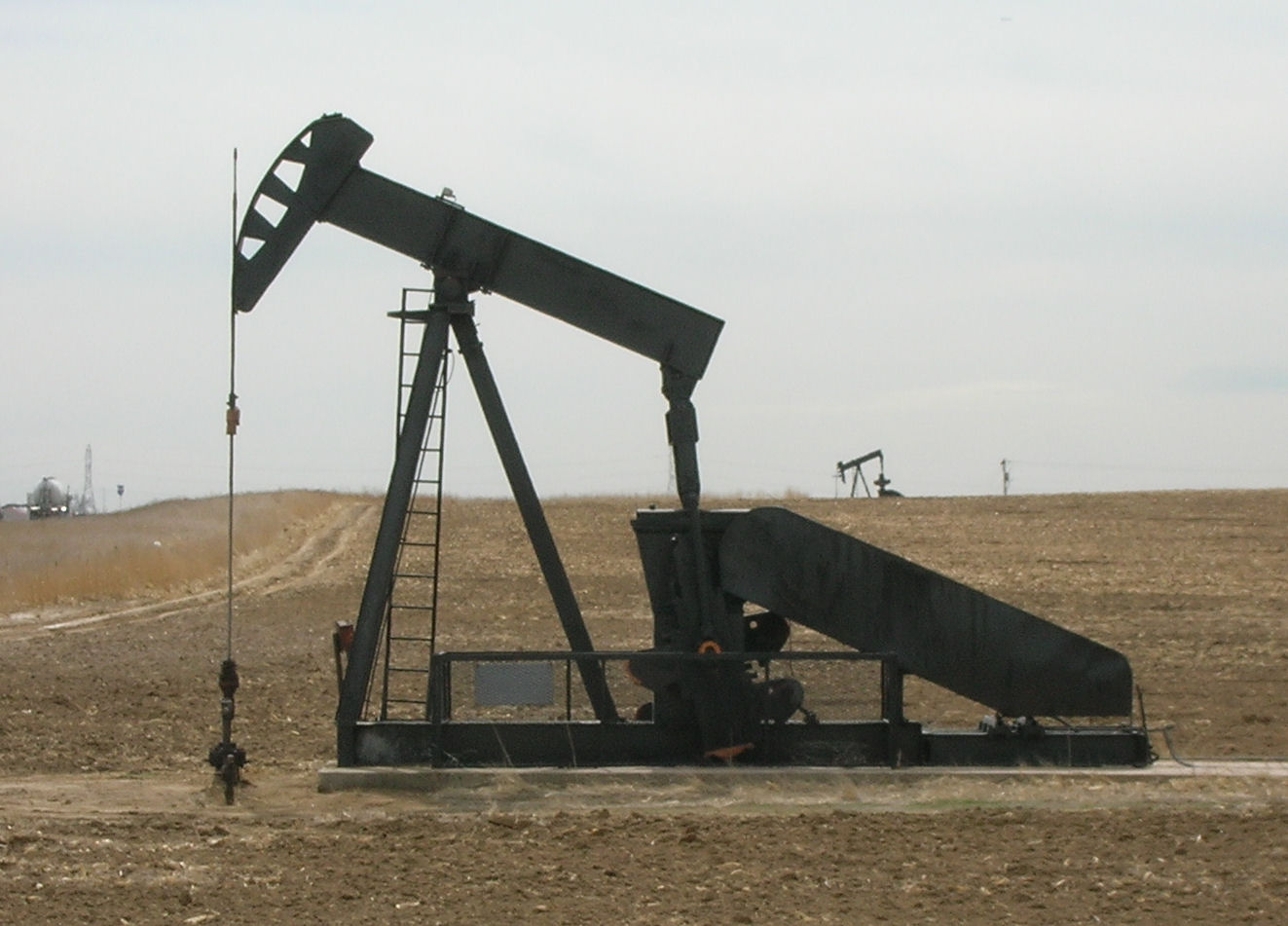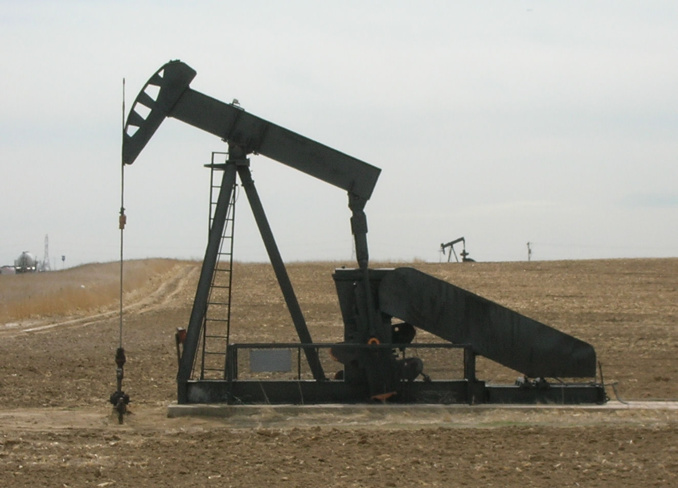Global oil demand in June compared to May increased by 3.8 million barrels per day (bpd), but in July the trend reversed - demand decreased by 120 thousand bpd, according to the International Energy Agency in its August report on the oil market. The spread of Indian strain COVID-19 led to a decrease in supply to China, Indonesia and other Asian countries.
The IEA also lowered its forecast to the end of the year by 500 thousand bpd. As a result, demand for the year as a whole is expected to increase by 5.3 million bpd, to 96.2 million bpd, in 2022 - another 3.2 million bpd (this forecast, by contrast, was increased by 200 thousand bpd). The OPEC, which also issued a report recently, expects demand to grow by 6m bpd this year, unchanged from June.
According to the IEA, oil supply rose 1.7 mln bpd in July to 96.7 mln bpd, up from 1.1 mln bpd in June. This was helped by the end of the voluntary additional supply restriction by Saudi Arabia. The supply will continue to grow in the coming months. Recall that the OPEC countries have agreed on a consistent increase in supply since August - by 400 thousand bpd per month until September 2022 (but ministers may suspend the process in case of oversupply in the oil market). According to this plan, OPEC may increase supplies by 2 mln bpd by the end of the year even without Iran (the total increase for the year would be 1.2 mln bpd against a decrease of 5.5 mln bpd last year). Iran may increase its supplies by 1.3 mln bpd if sanctions are lifted (in July its production grew only by 50 thousand bpd to 2.5 mln bpd). Russia increased its production in July by 40 thousand bpd to 9.58 mln bpd. Non-OPEC+ supplies might go up by 100k bpd for the rest of the year (year-to-date, 600k bpd).
As a result, supply and demand on the global oil market will be broadly balanced in the second half of the year (although OPEC+ oil supply could reach 200,000 bpd in the fourth quarter, without the new agreement there would be a supply deficit of 2 mln bpd).
Next year, according to the current forecast, supply will noticeably exceed demand, which will lead to an increase in inventories. By April next year, production may return to pre-pandemic levels of about 101 mln bpd, and by the end of 2022, if the current rate of production growth is maintained, OPEC+ supply will exceed demand by 2.8 mln bpd.
source: iea.org
The IEA also lowered its forecast to the end of the year by 500 thousand bpd. As a result, demand for the year as a whole is expected to increase by 5.3 million bpd, to 96.2 million bpd, in 2022 - another 3.2 million bpd (this forecast, by contrast, was increased by 200 thousand bpd). The OPEC, which also issued a report recently, expects demand to grow by 6m bpd this year, unchanged from June.
According to the IEA, oil supply rose 1.7 mln bpd in July to 96.7 mln bpd, up from 1.1 mln bpd in June. This was helped by the end of the voluntary additional supply restriction by Saudi Arabia. The supply will continue to grow in the coming months. Recall that the OPEC countries have agreed on a consistent increase in supply since August - by 400 thousand bpd per month until September 2022 (but ministers may suspend the process in case of oversupply in the oil market). According to this plan, OPEC may increase supplies by 2 mln bpd by the end of the year even without Iran (the total increase for the year would be 1.2 mln bpd against a decrease of 5.5 mln bpd last year). Iran may increase its supplies by 1.3 mln bpd if sanctions are lifted (in July its production grew only by 50 thousand bpd to 2.5 mln bpd). Russia increased its production in July by 40 thousand bpd to 9.58 mln bpd. Non-OPEC+ supplies might go up by 100k bpd for the rest of the year (year-to-date, 600k bpd).
As a result, supply and demand on the global oil market will be broadly balanced in the second half of the year (although OPEC+ oil supply could reach 200,000 bpd in the fourth quarter, without the new agreement there would be a supply deficit of 2 mln bpd).
Next year, according to the current forecast, supply will noticeably exceed demand, which will lead to an increase in inventories. By April next year, production may return to pre-pandemic levels of about 101 mln bpd, and by the end of 2022, if the current rate of production growth is maintained, OPEC+ supply will exceed demand by 2.8 mln bpd.
source: iea.org



















